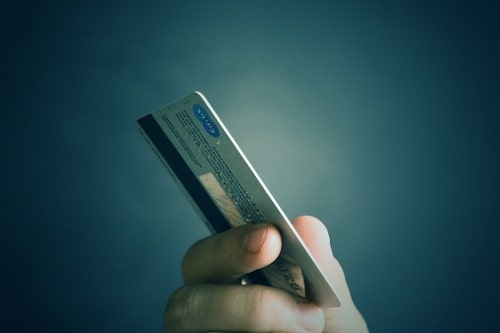We have no doubt that MO/TO transactions sound absolutely familiar to you, although you may not know them by that name; if we are talking about shopping by phone using your credit card, you probably know exactly what we are talking about.
This non-face-to-face purchasing channel is as old as credit cards themselves and, like everything else, has its pros and cons, its ideal use cases and its risks. From PAYby CALL can help you alleviate the latter; how?
A risk payment method?
The mailorder/telephone order payment method, commonly known as MO/TO(mail order/telephone order), is characterized mainly by the fact that the customer does not use his card in person, but gives his credit or debit card information to a commercial agent at the time of the transaction.
Fast and efficient, and therefore highly valued in all sales processes where the telephone is used, has a certain reputation for being high risk. Why? Not so much because it is done remotely, as is often said, but because of the intervention of a human intermediary. Thus, it is not considered CES and does not require a 3D Secure PIN.
This is also not a problem in itself; on the contrary, for many customers having to use your PIN in an unfamiliar environment, or the mere fact of requiring an extra authentication step, results in basket abandonment and to the detriment of sales (which is why we’re here, after all).
This is a difficult task for merchants who want to go down this route, first of all because the card payment industry entities and the acquiring banks are reluctant to grant this payment line (mainly because of the relatively high chargeback rate). In addition, if granted, this results in higher processing fees and restitution charges.
The human component, MO/TO’s Achilles’ heel
As we said before, the fact that the transaction is remote (non-face-to-face) is not a problem in itself; today there are dozens of payment methods of this type. The problem lies in the possible fraudulent use of the card, both on the side of the card user (who may well not be authorized) and on the side of the commercial agent.

Thus, the human component proves to be the biggest problem in MO/TO transactions. Indeed, the merchant cannot confirm whether the person using the card is really the cardholder (but he does suffer the consequences in case of unlawful use). On the other hand, the person who answers the call may be a good professional or use the buyer’s bank details in an irregular manner.
IVR payment system, the solution
As far as the merchant is concerned, can remedy this weakness by employing what is known as the IVR payment system (the acronym stands for interactive voice response). This interactive voice response system allows service user data to be collected by a voice robot without any person in the store having access to it.
Neither of trade, nor any other; the data is not stored at any time: it is transmitted directly to the bank by means of a secure request so that the bank can issue the authorization to proceed with the debiting of the customer’s account. A procedure that has the guarantee of compliance of the demanding PCI-DSS level 1 standards of the payment card industry.
IVR payment through a PCI-DSS certified payment provider puts IVR payment within the reach of any organization or merchant, among other things, an affordable payment gateway, without having to incur disproportionate costs to meet those standards and thus neutralize those MO/TO system risks perceived by customers and organizations.
